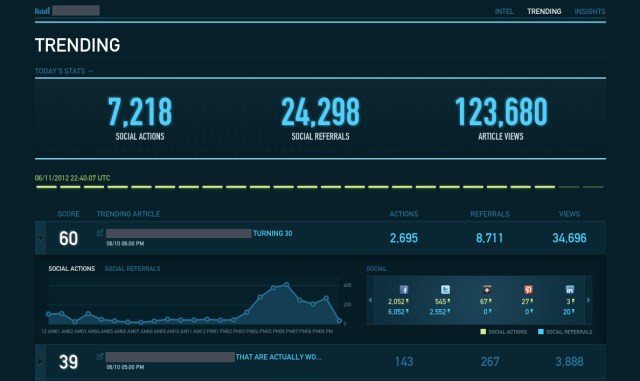Once upon a time owning the distribution channel
translated into a competitive advantage in the publishing industry. As the
Internet opened the gates to content and made the world a flatter playground,
publishing industry struggled to adjust its business plan. Dazzled and confused
they seek to hide its precious: the content. This action pushed some of the
larger publishing houses such as the Economist and Financial Times into exile.
Over time, the industry moved to a free content followed by a feemium
subscription model. Is that the final destination of the publishing industry's
evolution?
I used to spend my summers in my family’s summer house. I
still remember the days when I had to walk to the nearest grocery store to pick
up the daily newsletter. My other option was basically to ignore the rest of
the world. Those were the days before Internet reached that
little village in the south of Turkey.
Those walks made me realize that knowledge grows by
sharing. Owning the largest newspaper distribution network meant owning the
largest market share and controlling the content distribution in Turkey.
However, things changed when we hooked our laptop to a dial up modem and
connected to Internet. We had access to the world.
The current business model in the publishing industry is
certainly not the final destination. Combining limited free content with
subscription model has helped the publishing houses to end their voluntary
exile. However, I believe the industry is still behind in their game.
In the last three to four years, the old-school
distribution network is substituted by the advanced social sharing platforms
such as Twitter and Facebook. Given the importance of these platforms, it is
surprising to notice the lack of understanding of the publishing industry on
how these new distribution networks function. There are still interns in major
publishing houses entering numbers into excel files to keep track on how many
times a certain article is read or clicked on.
The founders of the Slide
saw this gap in the industry, and went to the white board to design an end to
end solution for the industry. Their answer was to create the SimpleSearch.
SimpleReach integrates real-time with every major social network’s API to let
brands, marketers, publishers, and consumers track social engagement for any
link.

Source: Techcrunch
The secret sauce of SimpleReach is its statistical model
analyzing social signal created by social actions and page-views every day.
This enables the company to predict which pieces of content will be the most
social.
As the SimpleSearch’s founder, Eddie Kim said “we’re able
to take all the articles on your site, place them on a trending page and rank
which are predicted to drive the most social traffic in the near future.”. He added
that “it’s this kind of data intelligence that gives us a leg up on the
competition.”
The SimpleSearch raised $1.6 MM recently. Will it become the
PageRank of Social?
No comments:
Post a Comment